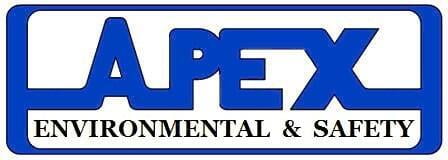Hand tool safety is a fundamental aspect of workplace safety, as injuries from improper tool use can be severe and debilitating. To ensure the safety of all personnel, it's essential to follow proper hand tool safety protocols at all times.
Firstly, always use the right tool for the job. Using inappropriate tools or using tools incorrectly can lead to accidents and injuries. Inspect hand tools before each use to ensure they are in good condition, free from defects, and properly maintained.
Secondly, use tools with ergonomic designs to reduce the risk of repetitive strain injuries and musculoskeletal disorders. Maintain a proper grip on tools and avoid overexertion by using tools that are appropriately sized and weighted for the task at hand.
Thirdly, always wear appropriate personal protective equipment, including safety glasses, gloves, and hearing protection, when using hand tools. Take precautions to prevent flying debris, sparks, or other hazards from causing injuries.
Lastly, store hand tools properly when not in use to prevent accidents and maintain their condition. Organize tools in designated storage areas and ensure they are secured to prevent them from falling or causing tripping hazards.
By following these hand tool safety guidelines, we can prevent accidents and injuries in the workplace and ensure the well-being of all employees.
Pollution Prevention Paragraph:
Pollution prevention is a critical component of environmental sustainability, aiming to reduce or eliminate the release of pollutants into the environment at the source. By implementing pollution prevention measures, we can minimize the environmental impact of our operations and protect ecosystems and human health.
One effective strategy for pollution prevention is implementing waste reduction and recycling programs. By reducing waste generation and diverting materials from landfills through recycling and reuse, we can conserve resources and minimize pollution.
Furthermore, adopting cleaner production techniques and technologies can help reduce emissions and pollutants generated during manufacturing processes. Implementing energy-efficient practices, optimizing resource use, and investing in pollution control technologies can significantly reduce our environmental footprint.
Additionally, proper hazardous materials management and spill prevention measures are essential for preventing pollutants from entering soil, water, and air. Implementing spill response plans, providing employee training, and maintaining strict compliance with environmental regulations are crucial for preventing pollution incidents.
By integrating pollution prevention principles into our operations and fostering a culture of environmental stewardship, we can minimize pollution, protect natural resources, and contribute to a healthier and more sustainable planet for future generations. Let's prioritize pollution prevention efforts and work towards a cleaner and greener future.

